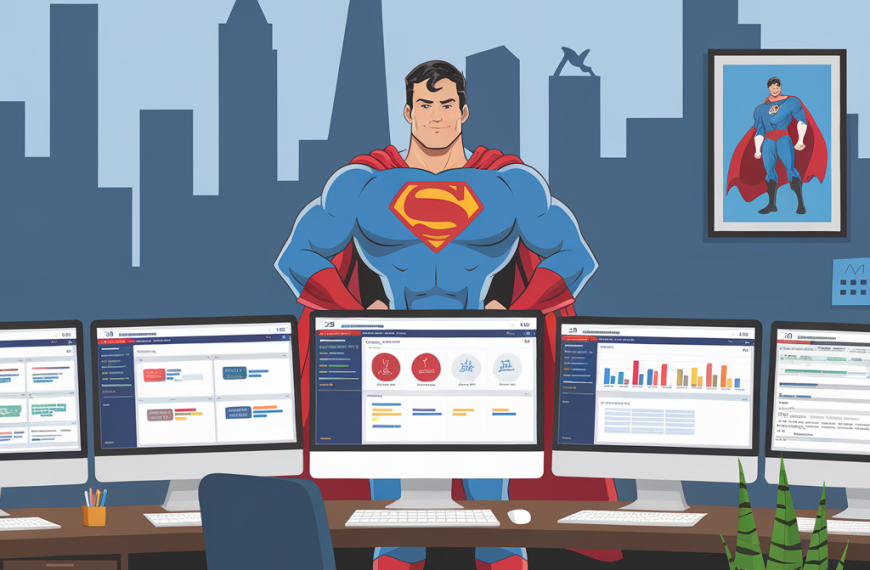Navigating the Future: Key SaaS Pricing Trends for 2025

Introduction: The Changing Landscape of SaaS Pricing
In the rapidly evolving world of Software as a Service (SaaS), pricing strategies are more crucial than ever. As businesses increasingly rely on SaaS solutions, understanding and adapting to pricing trends can be the difference between success and stagnation. This article delves into the key SaaS pricing trends for 2025, offering insights into how companies can navigate this dynamic landscape.
Current Pricing Models in SaaS

Fixed Pricing
Fixed pricing is a straightforward model where customers pay a set fee for specific services. This model is simple to understand and manage, making it a popular choice for many SaaS companies.
Tiered Pricing
Tiered pricing offers multiple pricing tiers with varying features, catering to different customer needs. This model allows companies to target a broader audience by providing options that fit various budgets and requirements.
Per-User Pricing
Per-user pricing charges based on the number of users, making it popular among collaborative teams. This model aligns costs with the value received, as companies pay for the exact number of users benefiting from the service.
Usage-Based Pricing
Usage-based pricing, where customers pay based on actual usage, is gaining popularity for its flexibility. This model ensures that customers only pay for what they use, aligning costs with value and encouraging efficient use of resources.
Freemium Models
Freemium models offer basic services for free, with premium features available for a fee. This approach allows companies to attract a large user base and convert a portion of them into paying customers over time.
Factors Influencing Pricing Strategies in 2025

AI Integration
AI integration is significantly influencing pricing strategies, with companies shifting towards outcome- and usage-based pricing. AI enhances the perceived value of software, allowing companies to charge based on the outcomes delivered.
Customer Expectations
There is a growing demand for flexible pricing that aligns with actual usage and customer satisfaction. Customers expect pricing models that reflect their consumption patterns and provide value for money.
Operational Complexity
Balancing diverse pricing models while maintaining operational efficiency is crucial. Companies must manage the complexity of multiple pricing strategies without compromising on service quality or operational efficiency.
Economic Impact on SaaS Pricing

Price Inflation
SaaS products are experiencing an average price inflation of 8.7%, affecting overall business costs. Companies must navigate these changes to maintain profitability while offering competitive pricing.
Increased Spending
Businesses are spending more on SaaS tools, with an average of $7,900 per employee annually. This trend highlights the growing reliance on SaaS solutions and the need for strategic pricing to capture market share.
Multi-Year Agreements
The rise of multi-year contracts indicates a shift towards long-term commitments in SaaS agreements. These agreements provide stability for both providers and customers, allowing for predictable revenue streams and cost savings.
Predictions for Future Pricing Trends

Hybrid Pricing Models
Companies combining subscription and usage-based models are seeing higher growth rates. Hybrid models offer the best of both worlds, providing predictable revenue while aligning costs with usage.
AI-Powered Monetization
A significant number of SaaS companies are charging for AI features, creating new revenue streams. AI-powered monetization allows companies to capitalize on advanced features and deliver enhanced value to customers.
Billing Transparency
More frequent billing cycles are becoming common, enhancing cash flow and customer trust. Transparent billing practices build trust and encourage long-term customer relationships.
Paid Trials
As a response to high delivery costs, paid trials may replace free trials to ensure financial viability. Paid trials allow companies to cover initial costs while providing potential customers with a taste of the service.
Conclusion: Preparing for the Future of SaaS Pricing
As we look towards the future, it’s clear that SaaS pricing strategies must evolve to meet changing market demands. By understanding and adapting to these trends, companies can position themselves for success in the competitive SaaS landscape. Embrace flexibility, leverage AI, and prioritize customer satisfaction to stay ahead in 2025 and beyond.
Categories
- Buying Guides & Tips (ID: 16)
- Latest 2025 (ID: 14)
- Trending Insights (ID: 10)


 By
By


